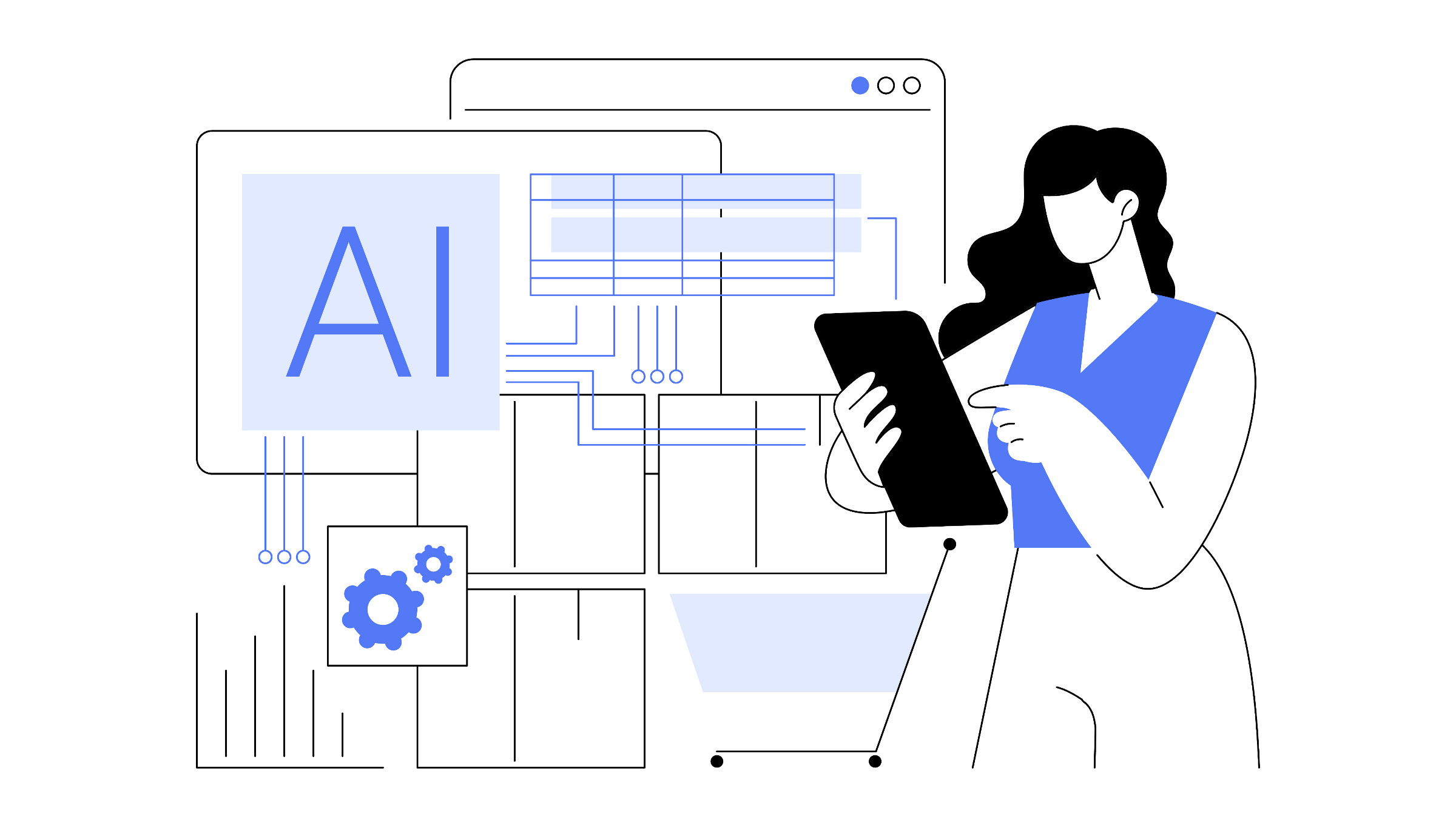Many developers and project managers focus on building functional code and shipping products rapidly, while overlooking the importance of maintaining detailed, precise, and comprehensive documentation.
However, robust documentation plays a pivotal role in ensuring the long-term success of software projects. It forms the backbone for successful development, enables effective collaboration among teams, and significantly eases the burden of maintenance, ultimately reducing technical debt and improving project scalability.
Without well-maintained documentation, even the most elegant codebases can become opaque, inefficient, and impossible to scale.
Why Documentation is Essential in Software Development
Both due to workload creep and the proliferation of third-party solutions, having a document automation framework in place is a downright necessity that saves time and large sums of money for organizations at all growth stages.
It serves as a fundamental tool for knowledge transfer, all while supporting smooth collaboration among team members and maintaining continuity throughout a project’s lifecycle. Without it, even the best code can become difficult to understand, leading to longer onboarding times, reduced productivity, and, in worst-case scenarios, project failure.
One of the key benefits of solid documentation is its ability to facilitate clear communication between developers, users, and stakeholders. It helps everyone stay on the same page, whether they’re coding, testing, or using the final product.
For new developers joining the team, good documentation drastically shortens the onboarding process, allowing them to get up to speed without constantly relying on others for help. On top of this, documentation creates a valuable historical record that makes it easier to maintain and upgrade software over time.
The Role of Documentation Throughout the Software Development Lifecycle
Documentation plays a critical role throughout the Software Development Lifecycle (SDLC), adding structure and context to every phase of development. There’s no room for exceptions when designing a framework for the first time—all phases must be documented.
Thus, let’s take a look at the specific impact robust documentation has on every part of the SDLC:
Requirements Gathering
During this initial phase, well-documented requirements provide clarity and ensure all stakeholders, including developers, designers, and business managers, have a unified understanding of what needs to be built.
This reduces ambiguities, leading to fewer missed requirements or misinterpretations. At the same time, it saves time in the long run because there will be no more dilemmas and wrong estimates.
Design and Planning
Documentation during design and planning involves creating system architecture diagrams, technical specifications, and design rationales.
Architecture documents are essential for guiding developers, setting clear expectations, and establishing a roadmap that all team members can follow. This minimizes the risks associated with poorly planned or misunderstood designs.
Implementation
In the implementation phase, robust documentation includes inline code comments, detailed code reference materials, and guidelines for using particular modules or libraries.
By embedding technical context directly into the codebase, developers ensure the rationale behind their work is preserved for those who come after them. This makes debugging, extending, or reusing code easier and more efficient.
Testing and Debugging
During testing, documentation acts as a source of truth regarding expected behaviors and known edge cases. Consequently, well-documented test cases allow testers to perform comprehensive evaluations and identify inconsistencies more efficiently.
Documentation helps connect the dots between what a system is supposed to do and how it is supposed to behave. Therefore, it’s invaluable to Q&A testers, devs, project managers and everyone else involved in the development process.
Maintenance
Maintenance is often the longest phase in the SDLC, and documentation plays an irreplaceable role in it. Whether onboarding new developers or revisiting older code, comprehensive documentation ensures that legacy systems can be understood and enhanced without starting from scratch.
The time saved by having structured, thorough documentation during maintenance can be significant, preventing regressions and minimizing downtime.
Benefits of Robust Documentation
Now that we’ve tackled how far the tentacles of documentation stretch, let’s take a look at the tangible benefits of documenting everything. While, again, it differs from project to project, every development cycle will display signs of:
- Improved collaboration: Clear documentation acts as a reference point that aligns cross-functional teams such as developers, testers, designers, and product managers. By documenting key decisions, teams can avoid duplicated efforts and misunderstandings.
- Knowledge sharing and onboarding: Bringing new developers onto a project can be time-consuming if existing knowledge is locked in the heads of veteran developers. Comprehensive documentation allows new team members to learn and ramp up more efficiently, reducing onboarding time and accelerating productivity.
- Code maintainability: Maintainability is crucial for the longevity of software projects. Robust documentation makes it possible to understand code functionality and dependencies quickly, which reduces technical debt and mitigates the risks involved in modifying or extending the codebase.
- Compliance and standards: Many industries must comply with rigorous standards and regulations, necessitating exhaustive documentation. Maintaining regulatory compliance through detailed documentation can help organizations avoid penalties and remain audit-ready.
Challenges in Maintaining Robust Documentation
Despite its benefits, maintaining robust documentation is not without challenges. When we say this, we’re mainly thinking of:
- Time constraints: Under tight project deadlines, documentation is often deprioritized in favor of faster feature delivery. This results in incomplete or hastily produced documents that lack depth.
- Client with specific demands: In the context of B2B, software is often prone to be altered depending on the whims of clients and their specificities.
- Developer reluctance: Many developers perceive documentation as a secondary task that provides less value compared to writing code. This reluctance often leads to insufficient or low-quality documentation, creating bottlenecks later in the project.
- Fragmented documentation systems: Using multiple tools and storage formats without a central repository can lead to fragmented documentation. When information is scattered across different platforms, keeping everything consistent and up to date becomes difficult.
Likewise, don’t forget about keeping adequate backups of the documentation at all stages of both creation and maintenance. This in and of itself can be a challenge and a task that requires the development and ultimately testing of new workflows.
Strategies for Creating and Maintaining Effective Documentation
Software devs often rely on different methods of documentation for specific projects, but to take documentation seriously as a whole, you need to focus on more general axioms. Hence, it’d be best if you applied the following strategies to your approach:
- Document early and continuously: Adopting a “document as you go” approach is similar to the “shift-left” practice in testing, ensuring that documentation is part of each development step and making it easier to assess specific operational cycles throughout the SDLC.
- Use tools that integrate into developer workflows: In particular, documentation tools like Jupyter Notebooks for data analysis, Confluence for collaboration, and Sphinx for generating technical documentation allow developers to create and access documentation within their existing workflows. Integration leads to better consistency and adherence.
- Make it collaborative: Documentation should not be the sole responsibility of a few developers. Involving cross-functional team members in creating and reviewing documentation encourages broader contributions, adding valuable perspectives and enhancing the quality of information.
- Documentation ownership: Assigning ownership of specific documents or sections ensures someone is responsible for keeping the documentation accurate and up-to-date. This helps in managing the quality and consistency of documentation.
- Review and iterate: Similar to code, documentation should go through peer reviews and iterations. With the proper adoption and use of version control, teams can track changes, update documents efficiently, and ensure all information remains accurate.
The Impact of Robust Documentation on Long-Term Project Success
The benefits of robust documentation are particularly evident in long-term project success, and this is best seen in the context of scalability. Well-documented systems can grow and evolve with fewer hurdles. As new features are added, the original documentation serves as a guiding reference, ensuring that scalability does not come at the cost of breaking existing functionality.
Somewhat more apparently, developers working with well-documented projects spend less time deciphering legacy code or figuring out how a particular feature functions, freeing up time to focus on creating new features and solving critical issues. Productivity gains are significant when documentation eliminates the friction often seen with poor knowledge transfer.
Last but not least, clients are more likely to trust and feel comfortable with well-documented software systems. In this regard, documentation provides transparency and allows clients to understand the underlying structure and functionality, which is particularly important in custom software projects and consultancy.
Conclusion
Robust documentation is an investment in the long-term health, scalability, and productivity of software projects.
For the sake of consistency and preciseness in project planning, developers must treat documentation as a fundamental aspect of the software development process, rather than an afterthought.
After all, moving towards a ‘documentation-driven development’ mindset helps foster a culture where both knowledge and code are equally valuable assets, ensuring the project’s success and sustainability in the long run.

Alex Williams is a seasoned full-stack developer and the former owner of Hosting Data U.K. After graduating from the University of London with a Masters Degree in IT, Alex worked as a developer, leading various projects for clients from all over the world for almost 10 years. He recently switched to being an independent IT consultant and started his technical copywriting career.




This is a nice article for developers to maintain documentation for the software life cycle.
The Importance of Robust Documentation for Reuse and Productivity
Effective software documentation is a critical component of the software development lifecycle (SDLC). As the article “The Importance of Robust Documentation in Software Development” highlights, well-written and comprehensive documentation can provide significant benefits beyond just serving as a reference for developers. One key advantage of robust documentation is its potential to enable the reuse of software components and test cases, ultimately leading to improved productivity.
Facilitating Reuse of Software Components
When software components are thoroughly documented, it becomes easier for developers to understand their functionality, interfaces, and dependencies. This documentation acts as a roadmap, allowing developers to quickly assess whether a particular component can be reused in their current project. By avoiding the need to “reinvent the wheel” and instead leveraging existing, well-documented components, teams can save valuable time and resources.
The documentation should cover aspects such as:
Component purpose and high-level description
Input/output parameters and data formats
Supported features and capabilities
Integration points and dependencies
Performance characteristics and constraints
Error handling and exception management
With this information readily available, developers can make informed decisions about which components are suitable for their needs, reducing the time spent on research and integration efforts.
Enabling Reuse of Test Cases
Comprehensive documentation is also essential for the reuse of test cases. Well-documented test cases, including their objectives, inputs, expected outputs, and edge cases, can be easily understood and adopted by other team members or future projects. This reusability helps to:
Accelerate the testing process by providing a solid foundation
Ensure consistency in testing across the organization
Reduce the effort required to maintain and update test suites
Enable the seamless integration of new features or components
By establishing a centralized repository of reusable test cases, teams can leverage their existing investments in testing and avoid the need to create new test cases from scratch for every project or feature.
Improving Productivity through Reuse
When software components and test cases can be easily reused, the overall productivity of the development team increases significantly. Developers can focus their efforts on implementing new features and addressing unique business requirements, rather than spending time on duplicating existing functionality or recreating test cases.
Moreover, the availability of well-documented and reusable components and test cases can foster a culture of collaboration and knowledge sharing within the organization. Developers can learn from each other’s work, build upon existing solutions, and contribute to the collective understanding of the codebase.
In conclusion, the importance of robust documentation in the SDLC extends beyond just serving as a reference for developers. By facilitating the reuse of software components and test cases, comprehensive documentation can significantly improve productivity, reduce development time, and enhance the overall quality and maintainability of the software system.